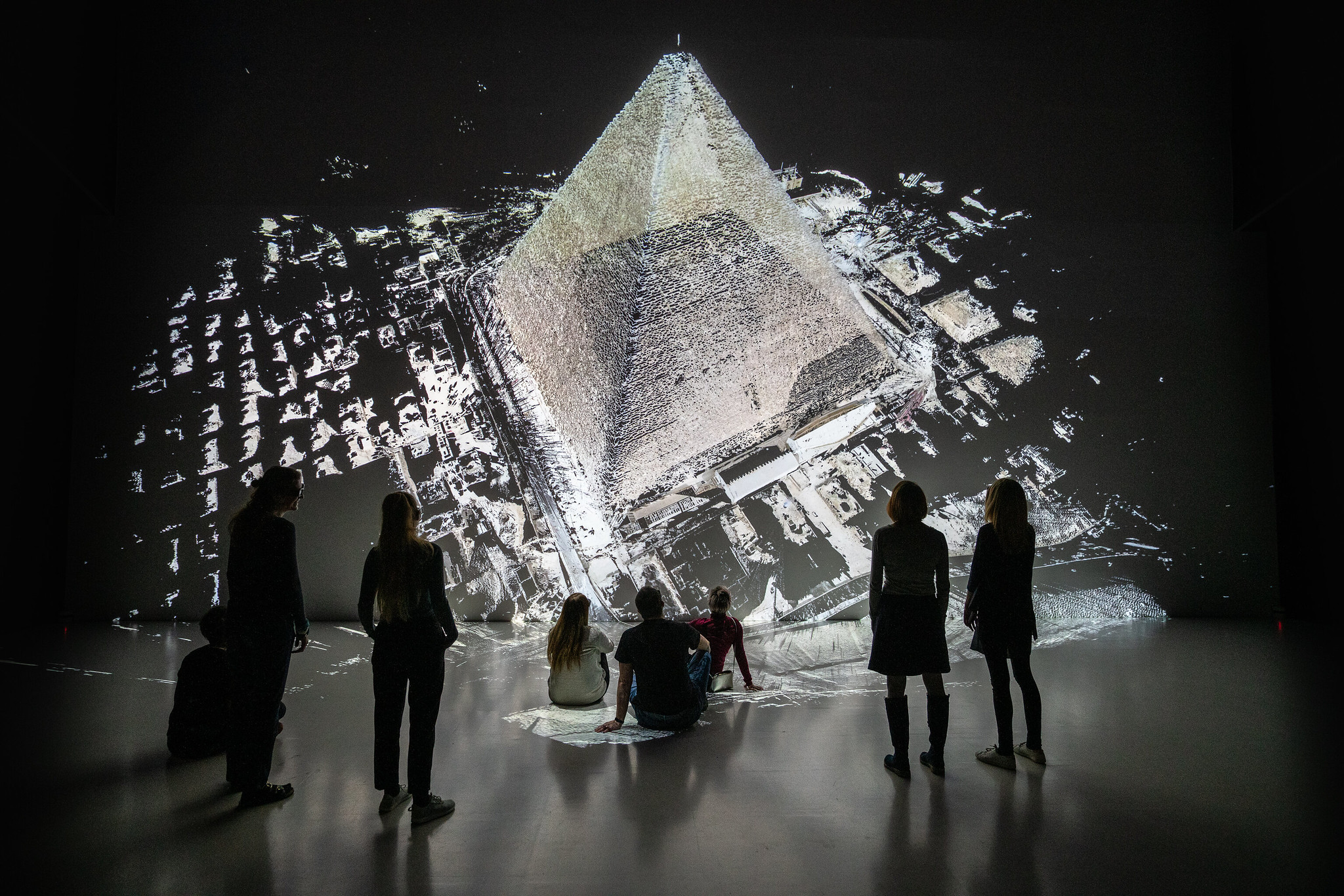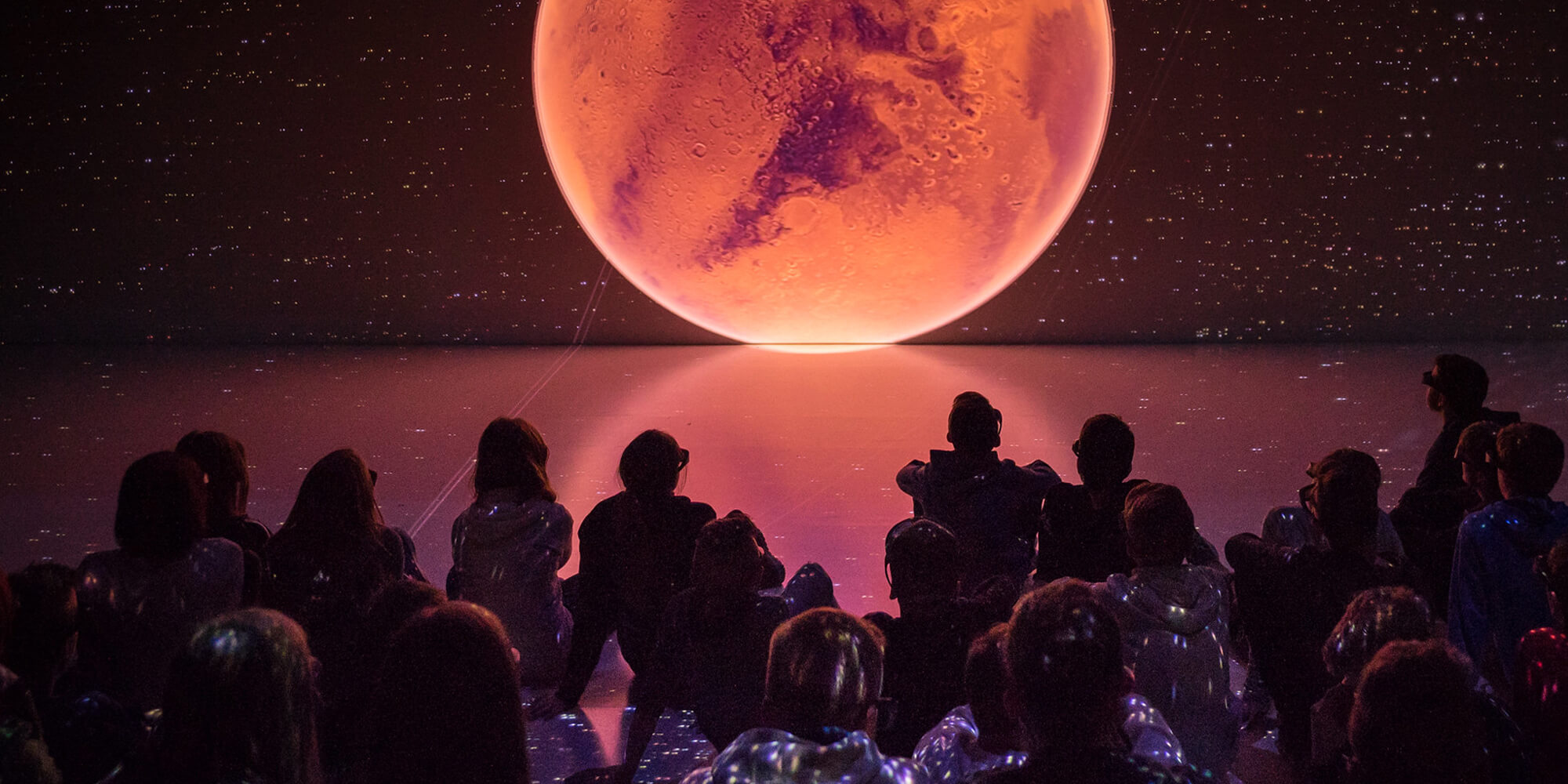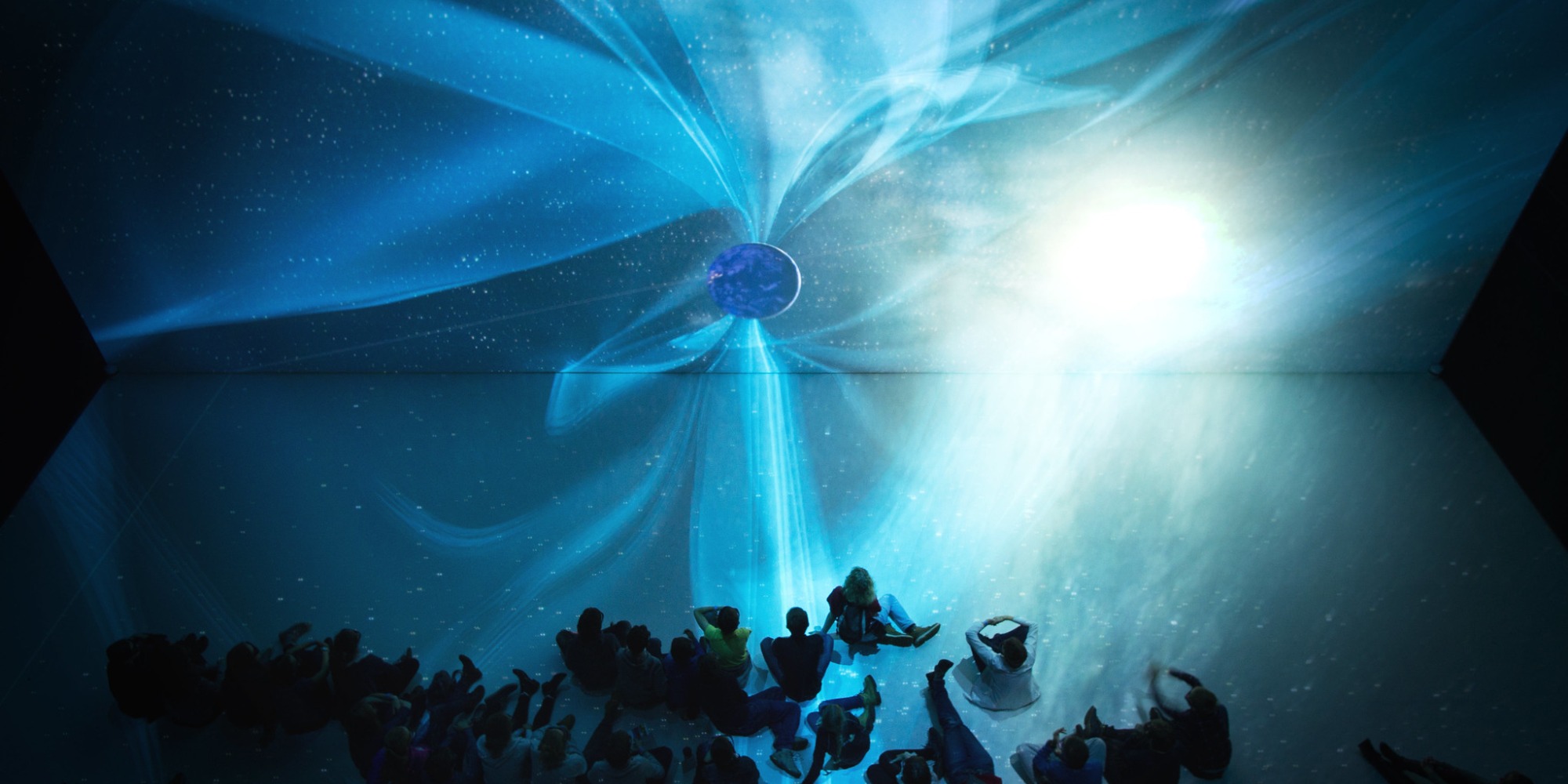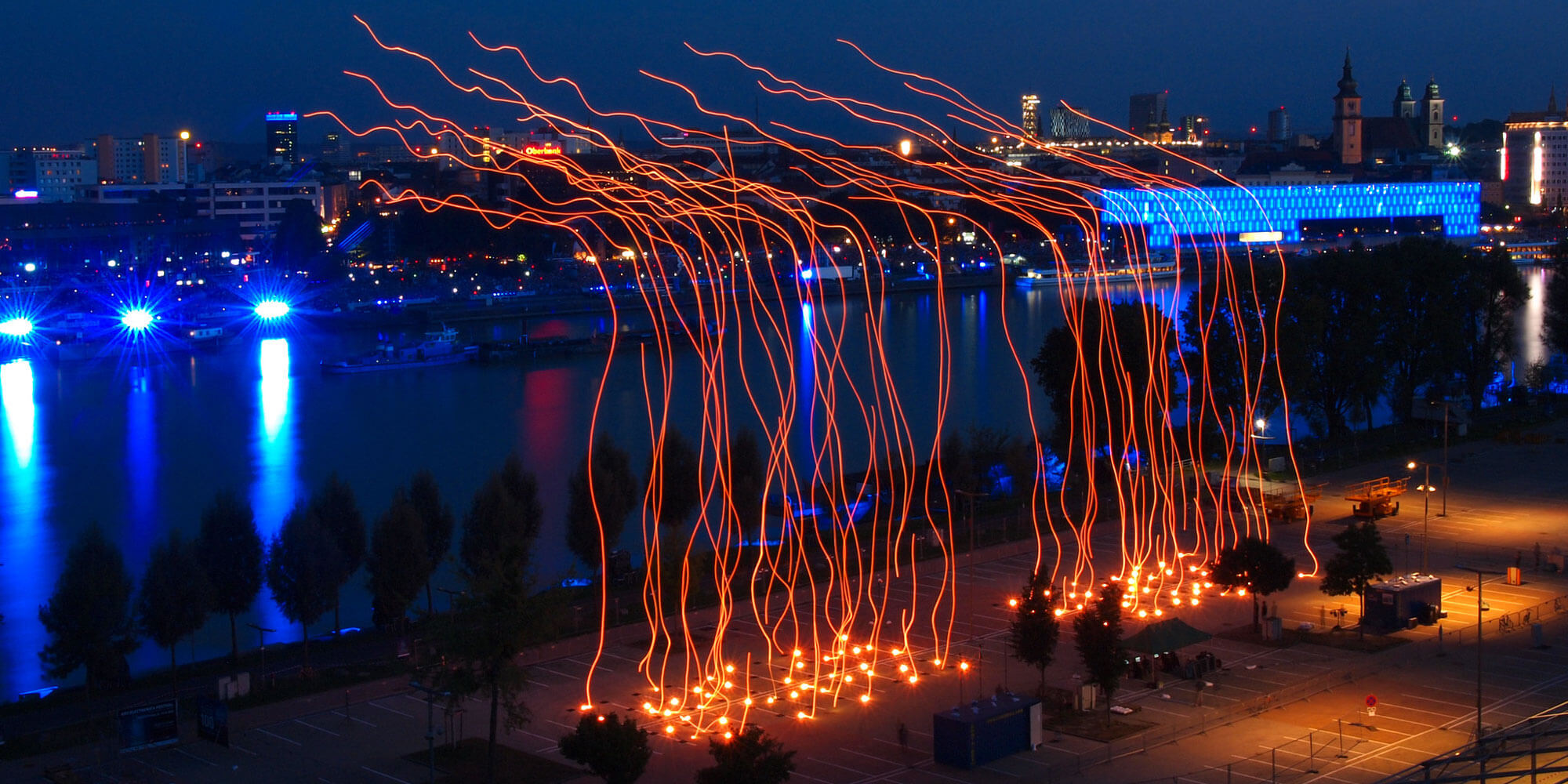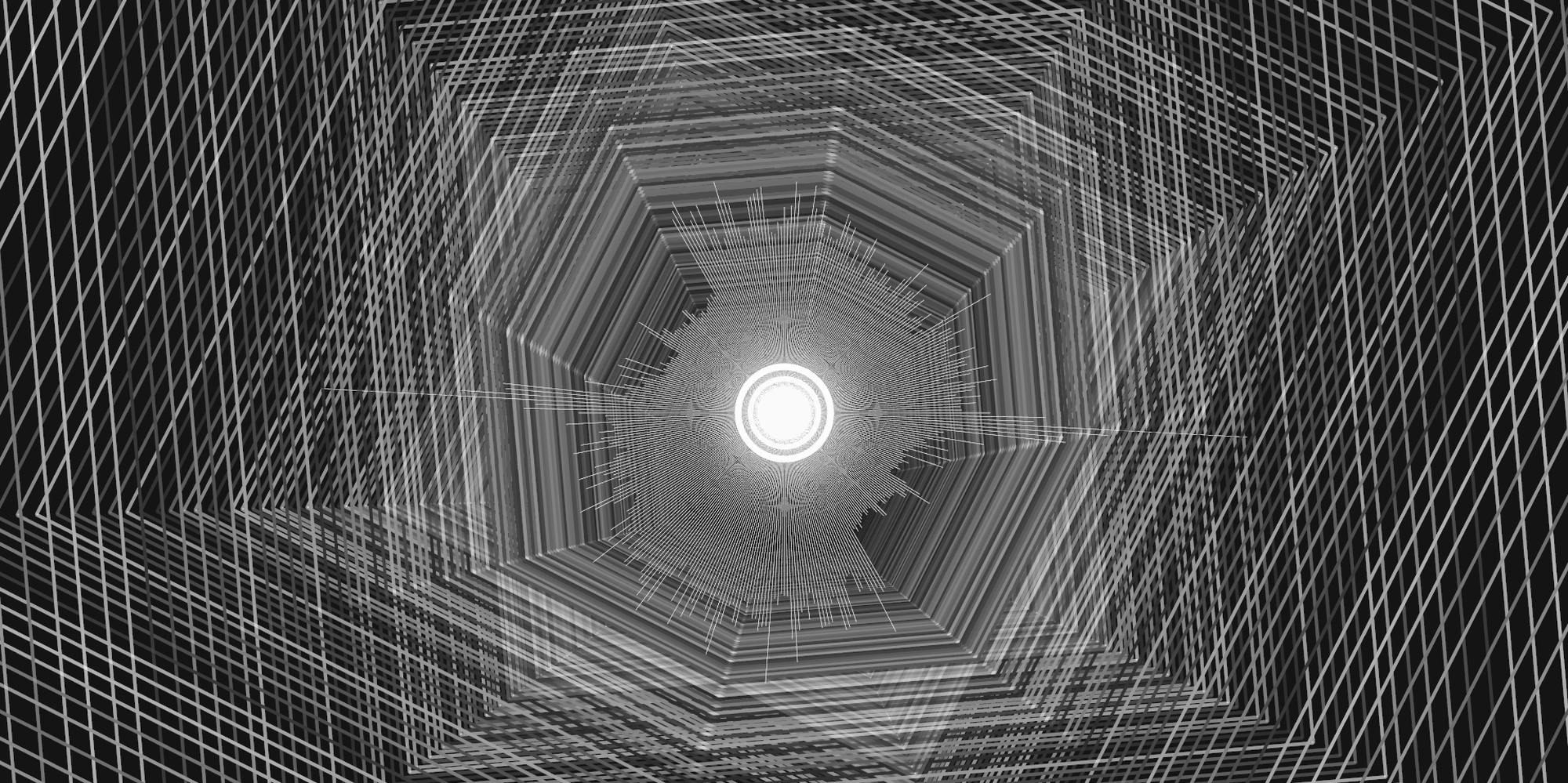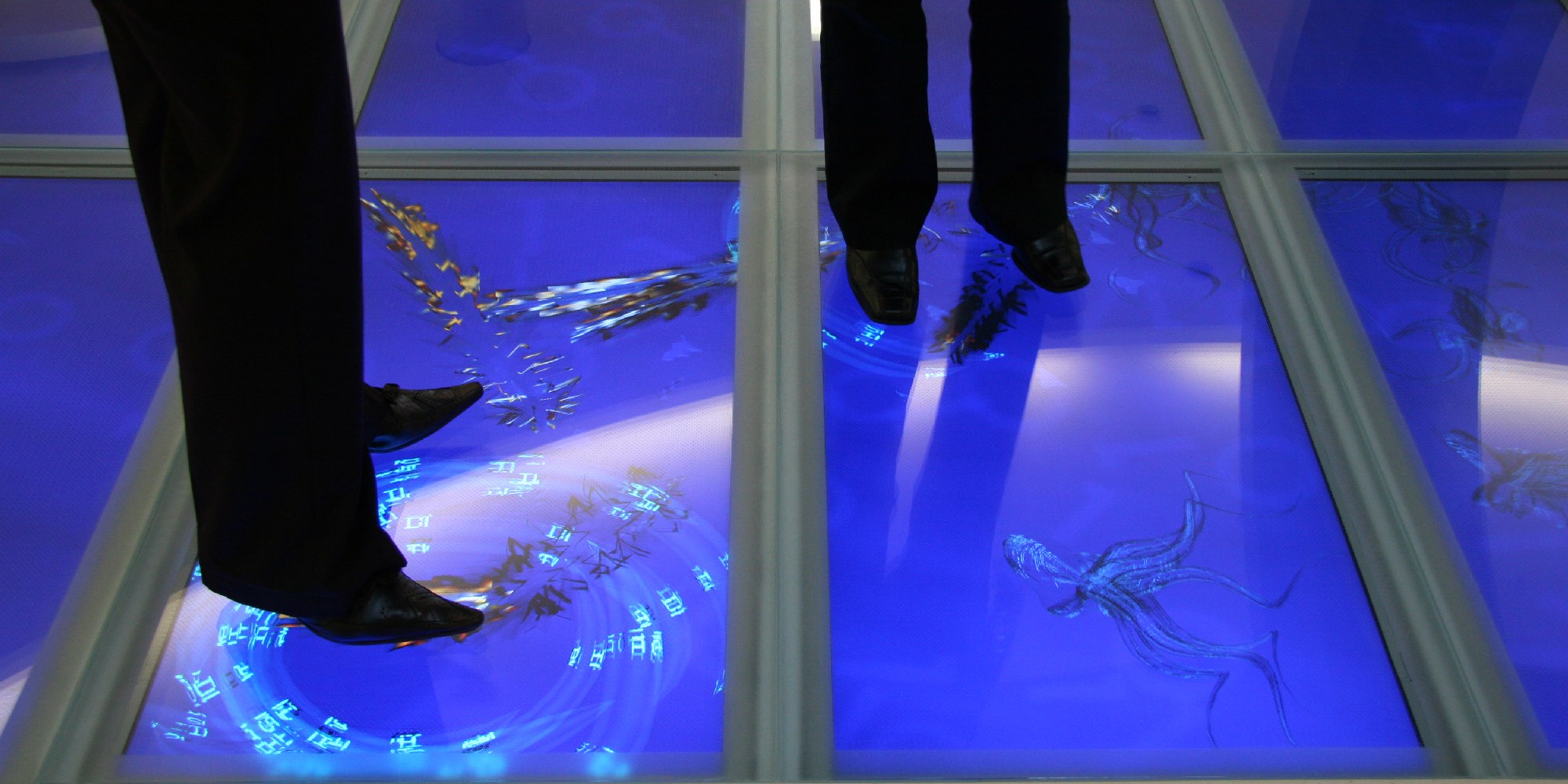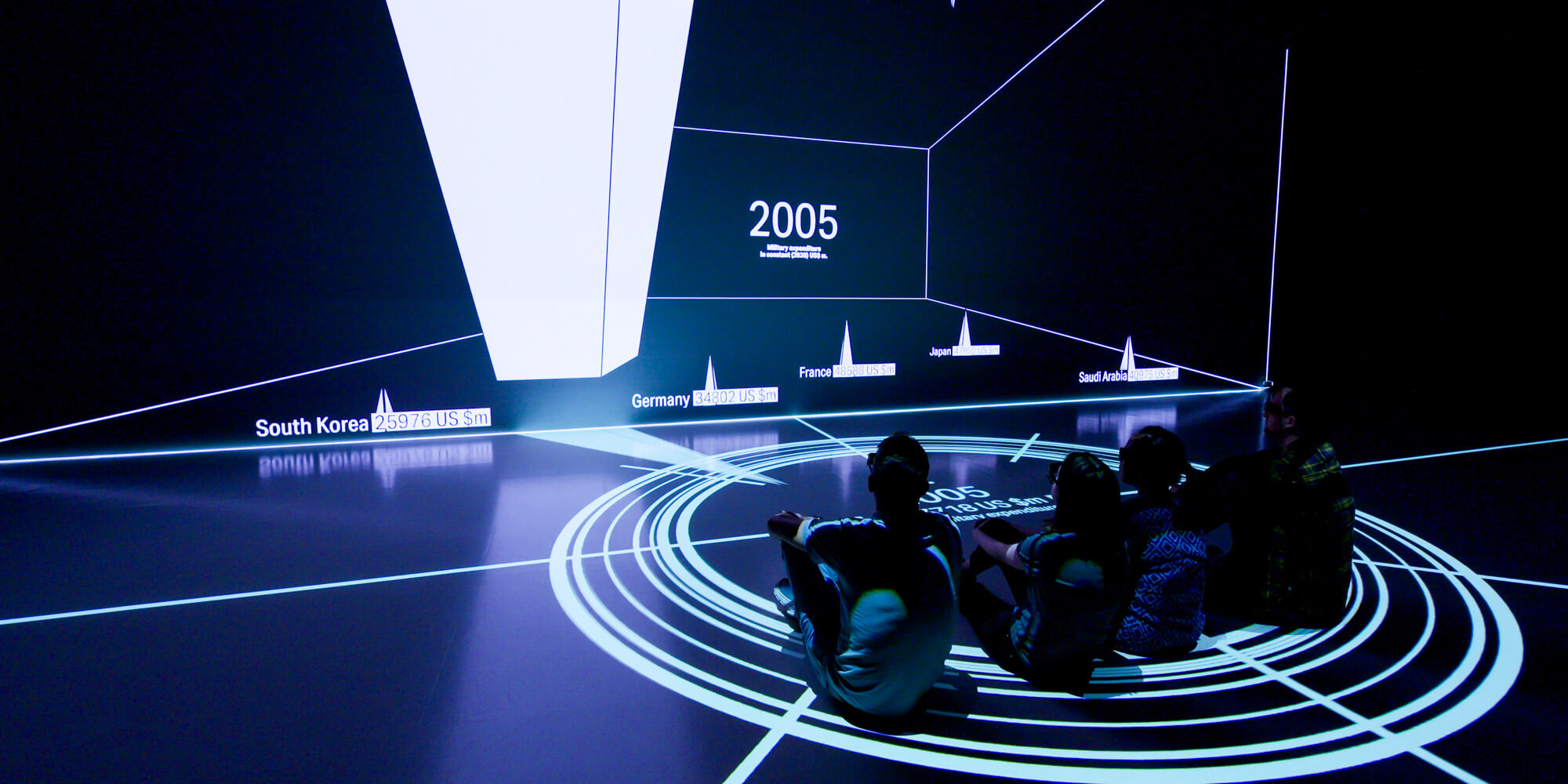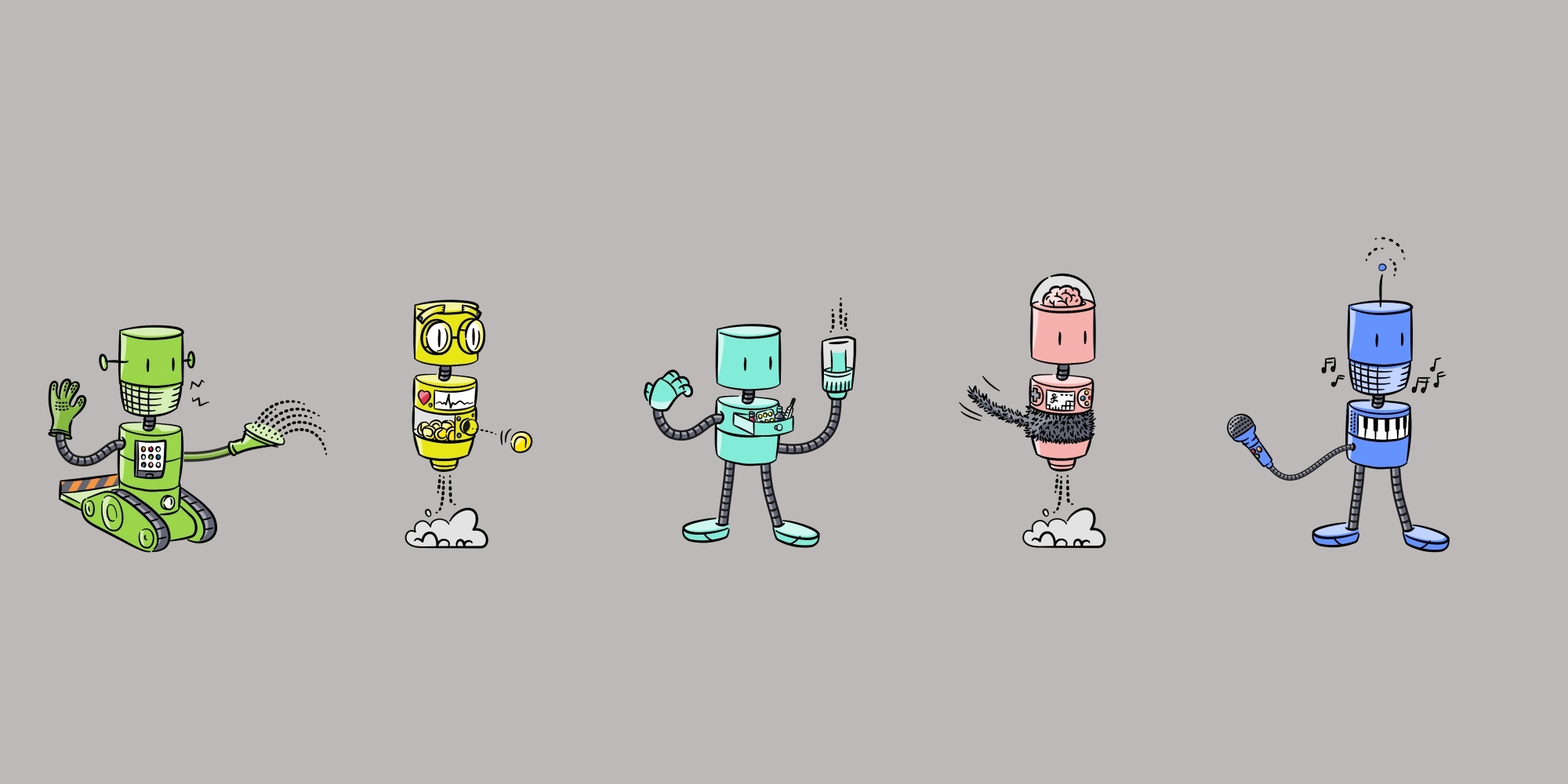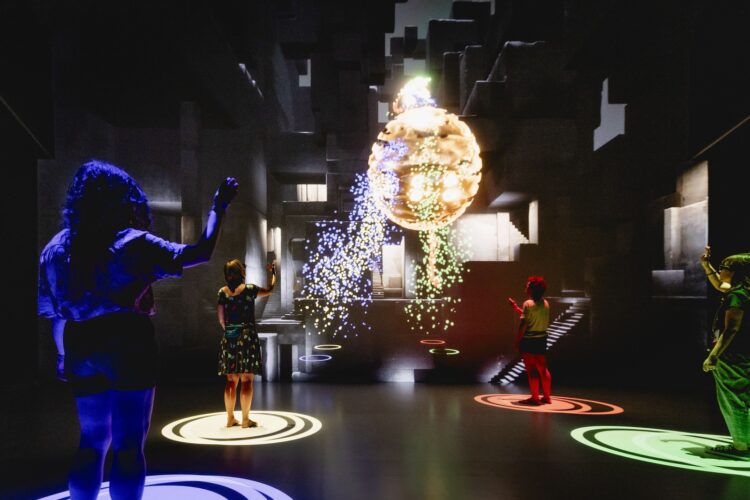Imaginary Spaces plays within the avant-garde of visualization and Human Computing Technologies. New systems for visualization computing environments transform our daily experience.
Parallel realities are continually emerging, such as Virtual, Extended, Spatial, and Augmented Realities. Developments in sensing technologies such as brain-computer interfaces and bio-data incorporate more than gestures and spatialization of human data. They bring our emotions into immediate contact with computation.
How will these new intersections with our “real” reality shape daily interactions with other humans and avatars? Identity, privilege, gestures, location, and protocols come under question in these new intersectional imaginary spaces. How do new gaming technologies influence these spaces and affordances?
The interesting questions for this domain lie in the intersections, not the capabilities or ‘slay’ immersive factors afforded by the latest tech offering, or how much better one system is than another, but rather how they influence our imagination of data as a space for human interaction, communication and understanding.
Key Research Topics:
Our past work highlights our ongoing concern in this domain. Deep Space 8K was developed by the Ars Electronica Futurelab as a unique research platform for exploring coimmersive spaces for large audience groups. Tangible Link, on the other hand, explores gestures and haptics and their influence on the creation of intuitive meaning for the exhibition audience. Also, with developments such as Spaxels and SwarmOS, we have freed artificial collectives from the spatial constraints of the static pixel through swarm-based movement.
